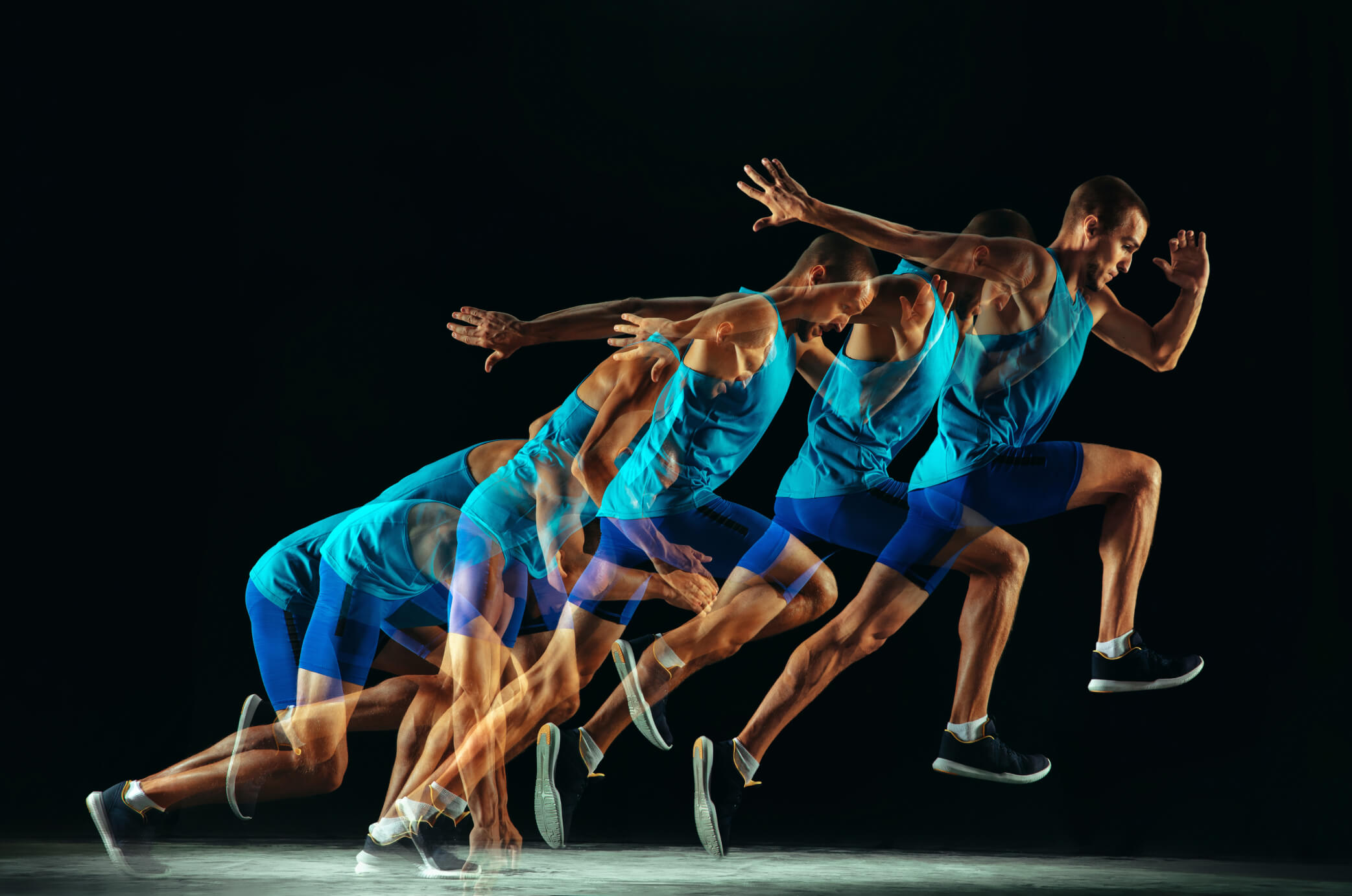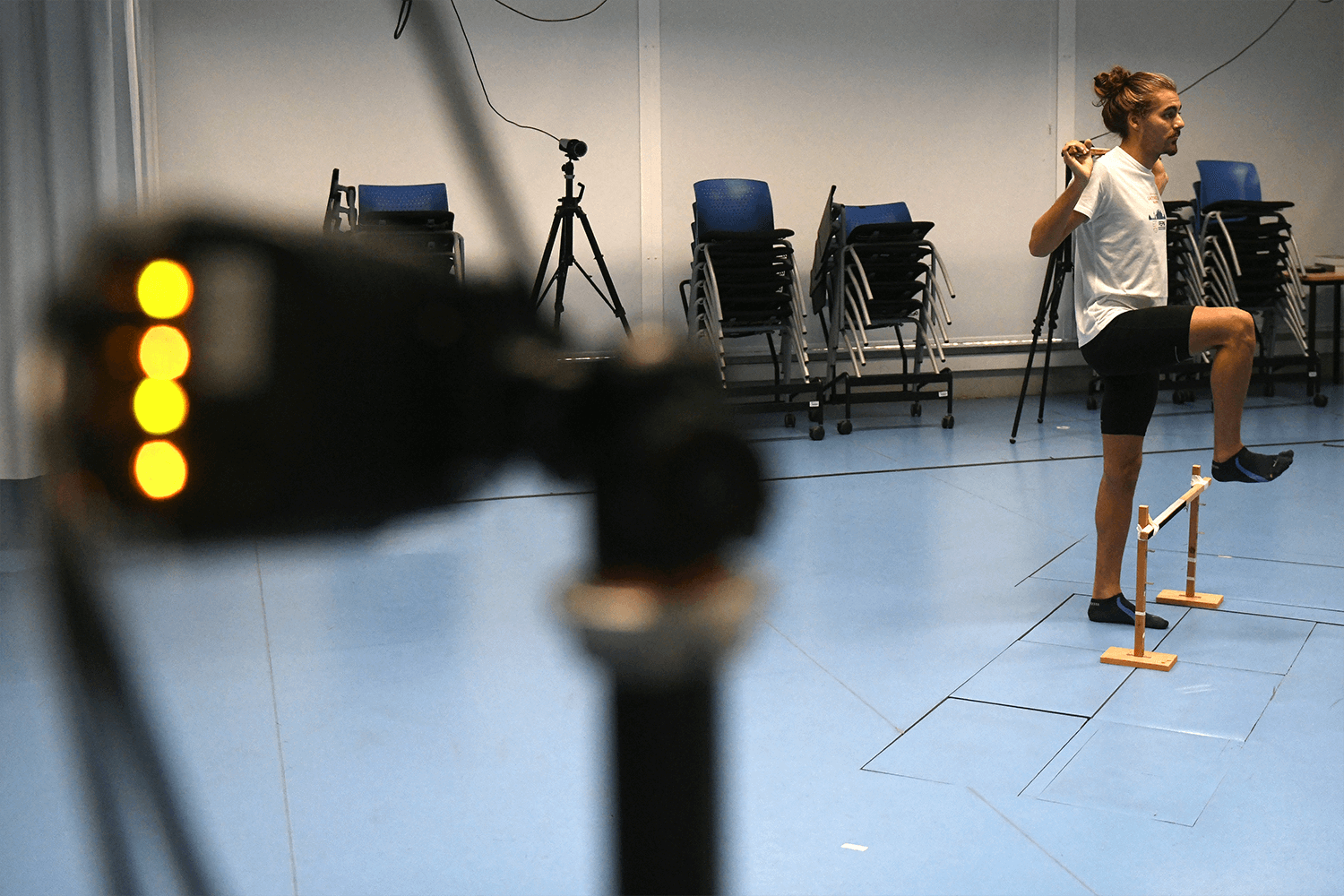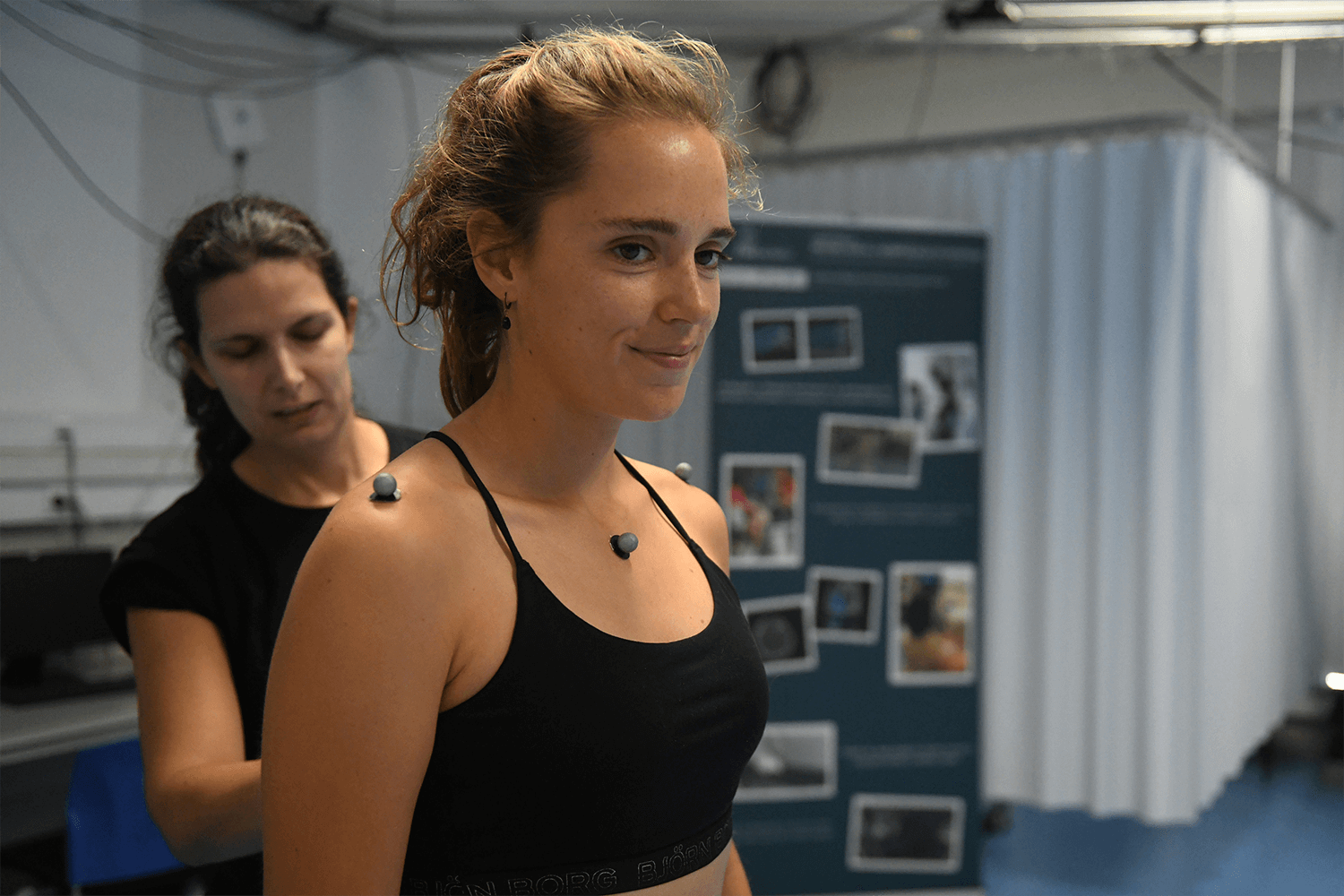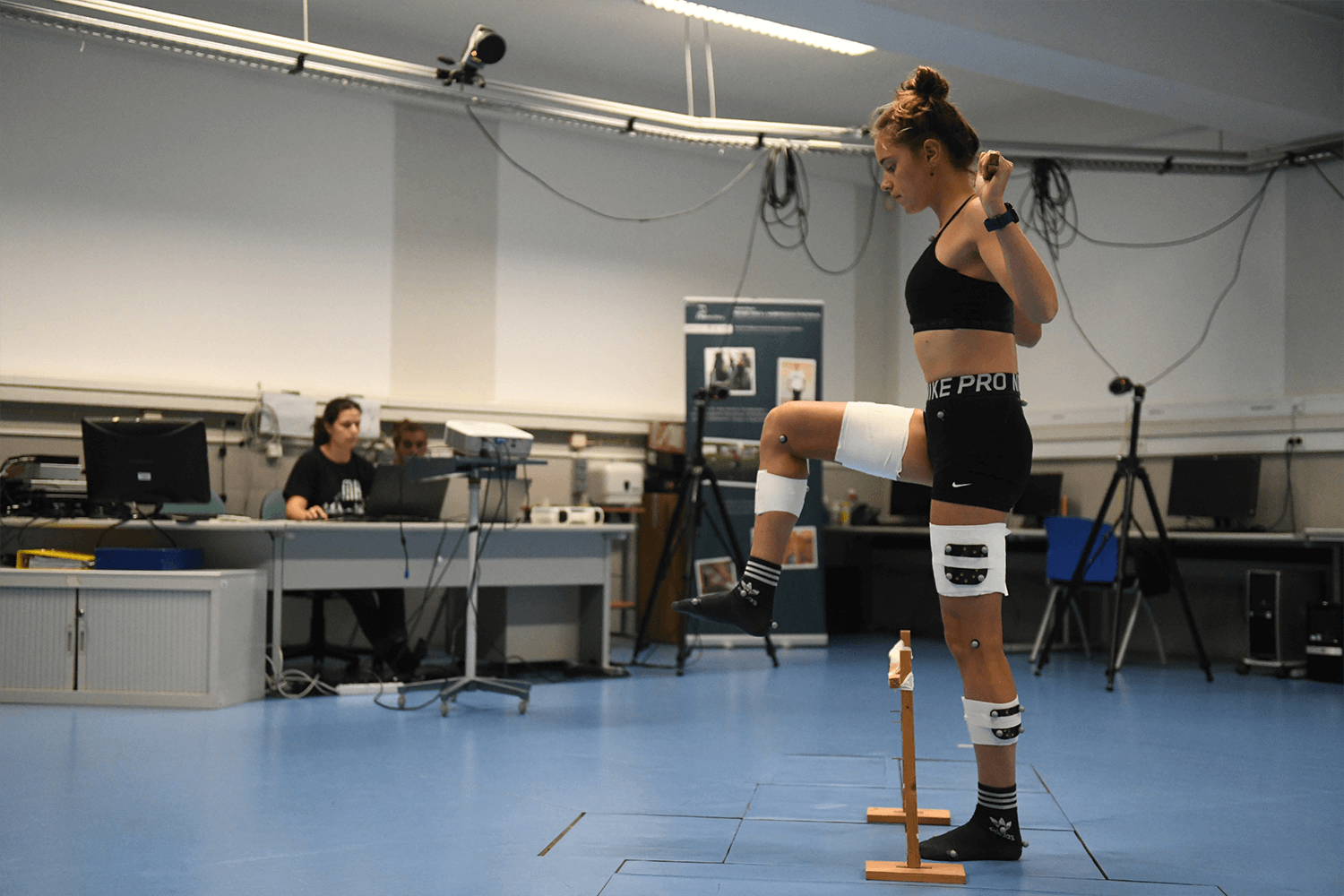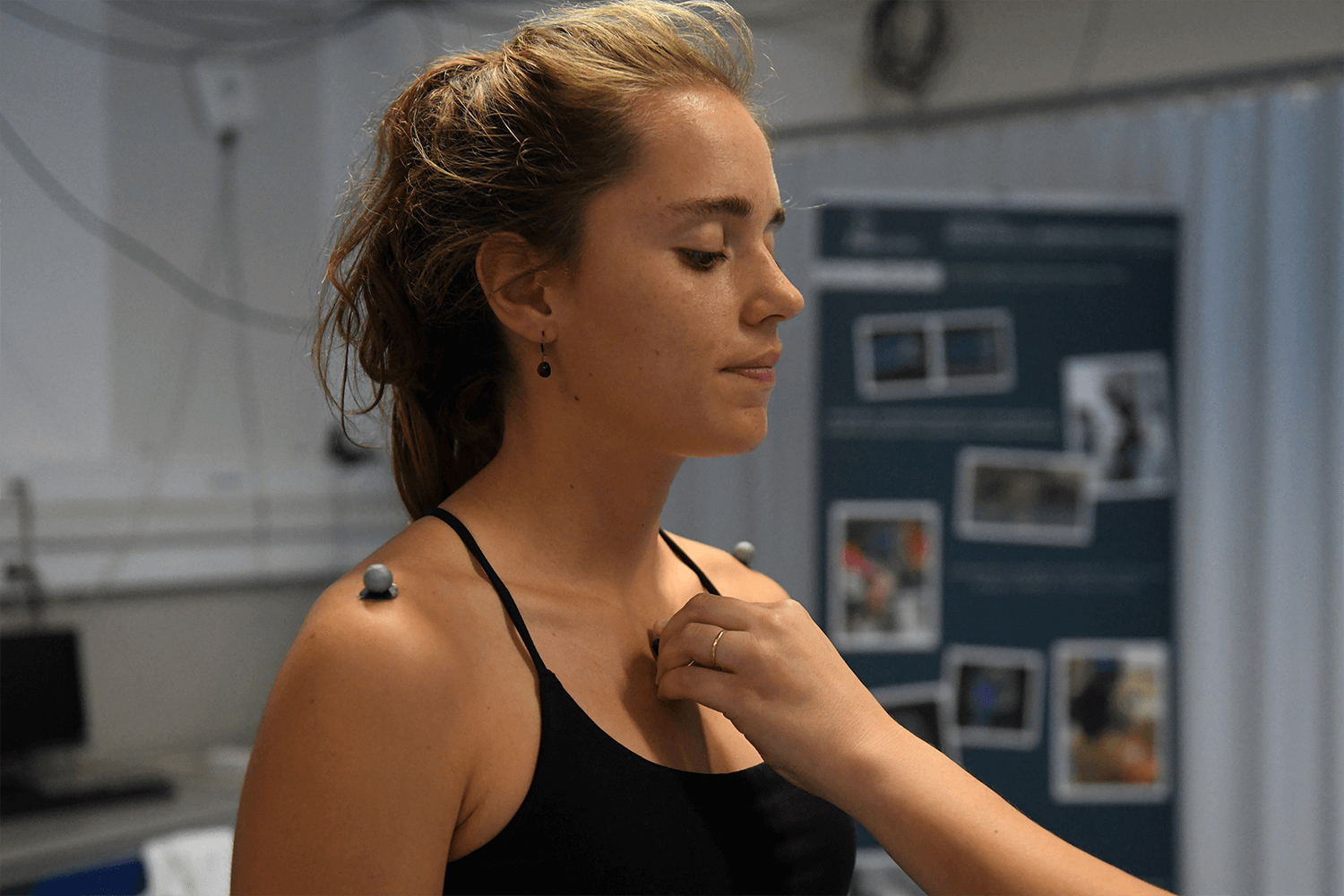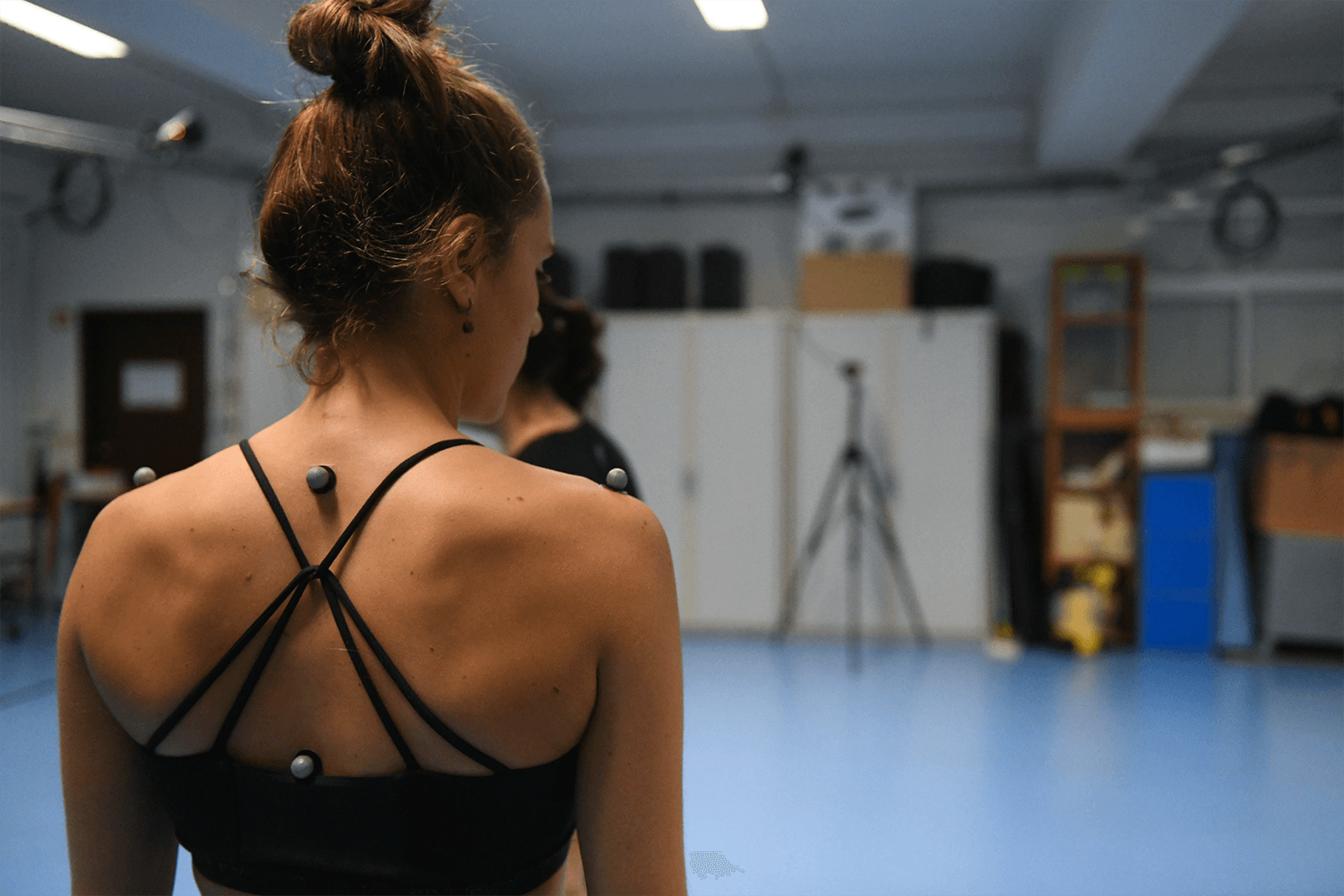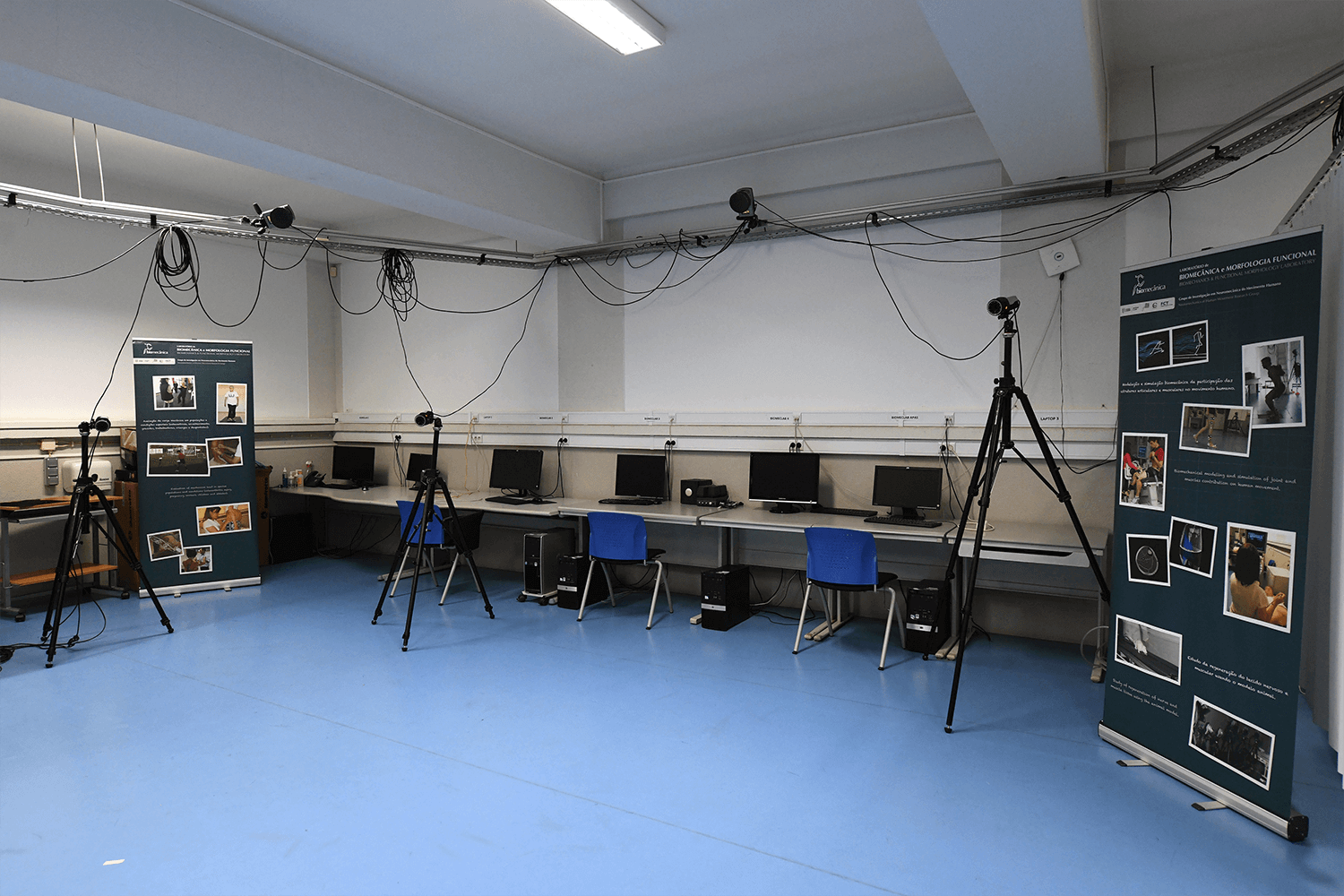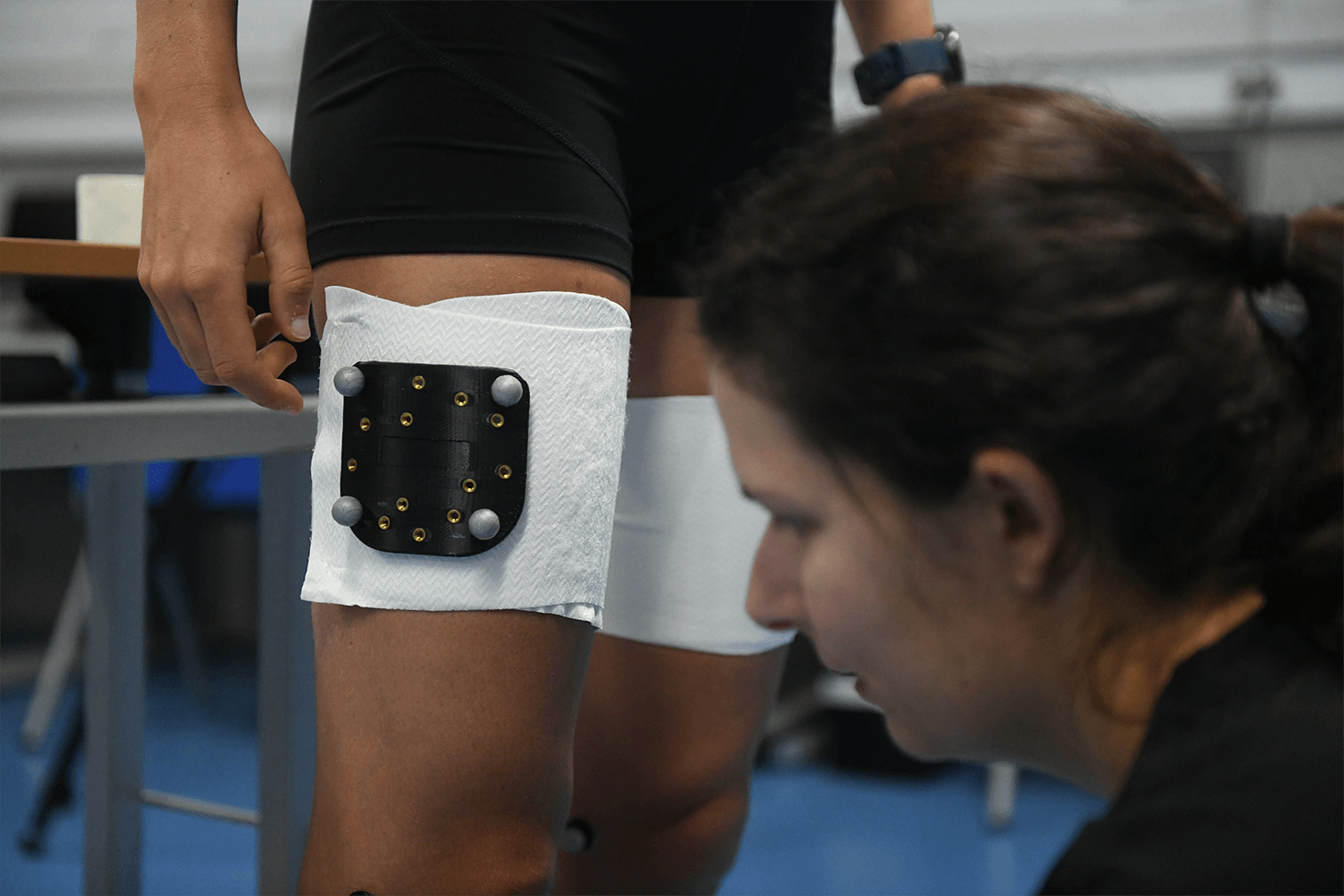PsyHealth worXs!
Psychosocial Health Prevention and Work standards, Training for OSH Professionals and Executives (EIT Health BP2020)
EIT-HEALTH (campus) frailty, falls, and functional loss education
Frailty, Falls, and Functional Loss Education (3Fights@edu) is a Massive Open Online Course (MOOC) funded by the EIT Health KIC, a European consortium operating in the framework of the European Institute of Innovation and Technology, and aims to improve health literacy about frailty, falls and functional loss in elderly people and to provide relevant educational and informational channels to the main actors of this process: older adults and their relatives.
The MOOC intents to provide different tools for self-management of the functional conditions of the elderly people and to sensitize for early identification of those at risk for independent living, as a result of functional decline associated with aging.
https://www.eithealth.eu/frailty-falls-and-functional-loss-education-3fights-edu
H2020 ALHTOUR – assisted living technologies for the health tourism sector
This Project aims to strengthen and stimulate scientific excellence in technologies for independent living and innovation capacity and technology/knowledge transfer capacity, both in the University of Lisbon, in collaboration of the European consortium: University of Leuven (Belgium), University of Maastricht (Netherlands) and University of Macerata (Italy) with a specific focus on health tourism.
It is expected to enhance the capacity to promote innovation and growth of the partners; respective territories in the Smart Specialization field tackled by the Project.
The main field’s research objects of transfer are: Energy efficient buildings/housing; Independent living and built environments in the tourism health sector; improving care through assistive technologies and ICT; Legal issues and ethical framework, as transversal pillar. Ref. Twinning-692311
AHA – Augmented Human Assistance
The AHA project (2014-2018) will develop a novel and modular set of ICT based solutions that, in isolation or integrated as a Robotic Assistance Platform, will address: Physical (re)training: Building on the existing expertise on Augmented Reality (AR) and serious games; Increasing self-awareness by monitoring of user state by means of biosensors, computer vision systems and exercise performance data; and the augmented assistance, including the above systems that will be integrated on a mobile robotic platform with indoor navigation capabilities (in environments such as senior houses and hospitals) that will interact through a virtual coach system to assist patients, provide reminders on tasks, guide patients through exercises, and support them in daily routines
Frailty assessment in elderly people and risk stratification for falls and disability: determination of an objective and simplified frailty index
Development of experimental and modeling methodologies for evaluating the mechanical load on the musculoskeletal system
Modification of the morphological and physiological properties of skeletal muscle denervation / reinnervation of disuse in the rat: an integrative approach
Fatores biomecânicos de prognóstico para alterações na mobilidade: metodologias de avaliação e estudos de intervenção
Nesta linha de investigação privilegiam-se os estudos com componente de intervenção, versando a análise dos efeitos associados aos fatores biomecânicos determinantes no desenho de programas de exercício especificamente dirigidos para populações com condições particulares de alteração da mobilidade.
São assim desenvolvidos programas personalizados para as características funcionais dos grupos de intervenção como são: os idosos, osteoartrose, grávidas.
São igualmente desenvolvidas metodologias de avaliação da carga mecânica através de métodos observacionais e/ou sensores “wearable” para estudos em contexto não laboratorial.
Fatores biomecânicos de performance desportiva, prevenção de lesões e retorno à prática
Os métodos e modelos desenvolvido na primeira linha de investigação possibilitam o estudo dos fatores biomecânicos determinantes da performance desportiva assim como o entendimento dos potenciais mecanismos de lesão desportiva.
Em particular, os modelos computacionais permitem a estimativa das cargas internas a que os tecidos lesados estão sujeitos e perceber os fatores e variáveis internos e externos que influenciam estas cargas.
Avaliação biomecânica do movimento com recurso a sistemas inerciais
Caracterização da cinemática 3D do corpo inteiro; aplicação no terreno, em contextos fora do laboratório.


